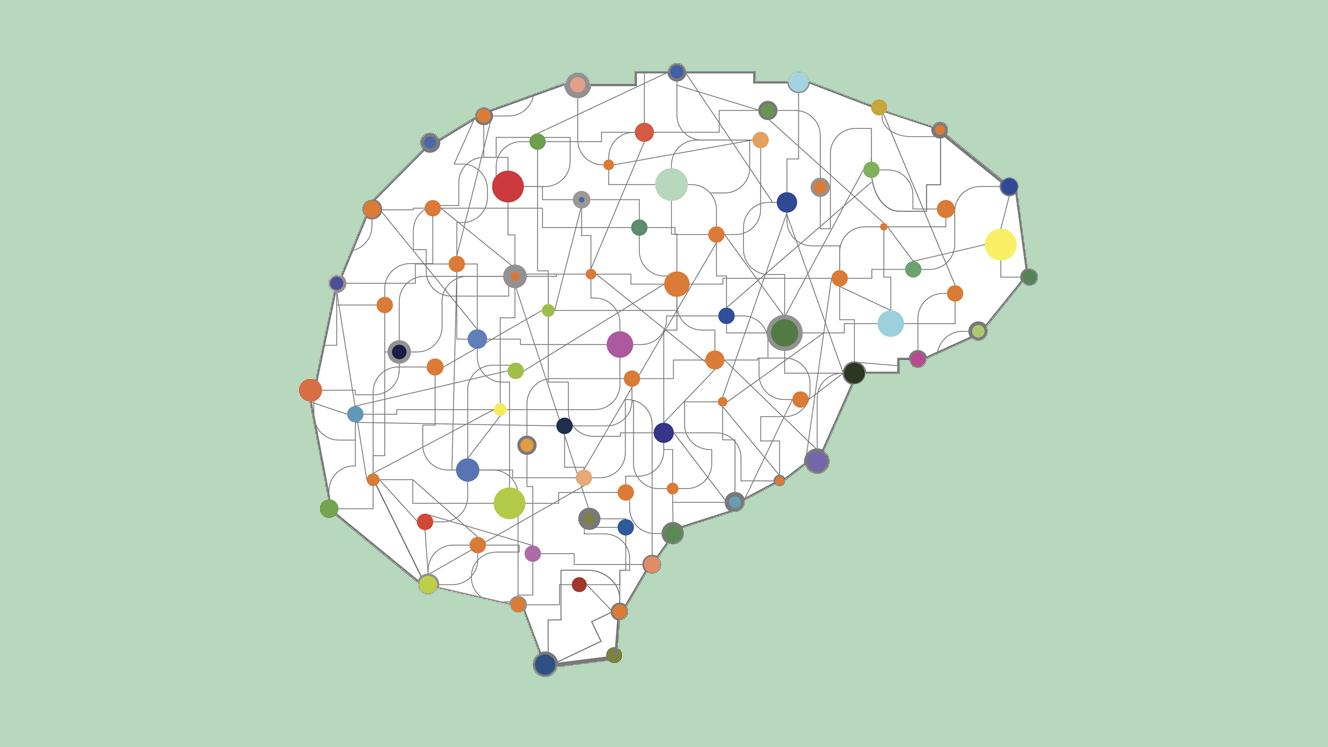7 ADHD Planning and Prioritizing Deficits: A Closer Look at Executive Function

Executive function is the cognitive process that organizes thoughts and activities, prioritizes tasks, manages time efficiently, and makes decisions. Executive function skills are the skills that help us establish structures and strategies for managing projects and determine the actions required to move each project forward. Individuals with executive dysfunction often struggle to analyze, plan, organize, schedule, and complete tasks at all — or on deadline. They misplace materials, prioritize the wrong things, and get overwhelmed by big projects.
There’s a lot of confusion around “executive function” — and how it relates to ADHD. Is ADHD an executive function disorder? Is every executive function disorder also ADHD? The answers hinge on what we mean by “executive functions” — and how they relate to self-regulation.
The term “executive functioning” was coined in the 1970s by Karl Pribram, whose research indicated that the executive functions are mediated primarily by the prefrontal cortex. Traditionally, it’s been used extensively in neuropsychology, clinical psychology, and psychiatry. In recent years, however, it’s spread into the broader field of general psychology and into education, where it’s often incorporated into teaching strategies and classroom accommodations.
So far, we know about four circuits in prefrontal cortex of the brain that relate to executive function — and executive dysfunction.
– The “What” Circuit: Goes from the frontal lobe — especially the outer surface — back into an area of the brain called the basal ganglia, particularly a structure called the striatum. The “What” Circuit is linked to working memory, so it’s in this circuit that what we think starts to guide what we do. This is particularly true when it comes to plans, goals, and the future.
– The “When” Circuit: This second circuit goes from the same prefrontal area back into a very ancient part of the brain called the cerebellum, at the very backmost part of your head. The “When” Circuit is the timing circuit of the brain — it coordinates not just how smooth behavior will be and the sequence of behavior, but also the timeliness of your actions and when you do certain things. An improperly functioning “When” Circuit in a person with ADHD explains why we often have problems with time management.
– The “Why” Circuit: The third circuit also originates from the frontal lobe, going through the central part of the brain (known as the anterior cingulate) to the amygdala — the gateway to the limbic system. It’s often referred to as the “hot” circuit because it’s linked to our emotions — it’s where what we think controls how we feel, and vice versa. It’s the final decision maker in all our plans. When thinking about multiple things we could be doing, this is the circuit that eventually chooses among the options based on how we feel about them and their emotional and motivational properties.
– The “Who” Circuit: This final circuit goes from the frontal lobe to the very back of the hemisphere. It’s where self-awareness takes place — it’s where we’re aware of what we do, how we feel (both internally and externally), and what’s happening to us.
By viewing ADHD in relation to these four circuits, you can understand where symptoms originate. Depending upon which circuits are most impaired and least impaired, you can see variation in the kinds of symptoms that any individual is going to have. Some people have more working memory deficit. Some people have more emotion regulation problems. Some people have more difficulties with timing, but less difficulties with all the others. But they all involve these circuits.
So we know what parts of the brain control executive functions, but what are they specifically? Broadly speaking, executive function refers to the cognitive or mental abilities that people need to actively pursue goals. In other words, it’s about how we behave toward our future goals and what mental abilities we need to accomplish them.
The term is very closely related to self-regulation — executive functions are things you do to yourself, in order to change your behavior. By employing your executive functions effectively, you’re hoping to change your future for the better.
Executive function is judged by the strength of these seven skills:
1. Self-awareness: Simply put, this is self-directed attention.
2. Inhibition: Also known as self-restraint.
3. Non-Verbal Working Memory: The ability to hold things in your mind. Essentially, visual imagery — how well you can picture things mentally.
4. Verbal Working Memory: Self-speech, or internal speech. Most people think of this as their “inner monologue.”
5. Emotional Self-Regulation: The ability to take the previous four executive functions and use them to manipulate your own emotional state. This means learning to use words, images, and your own self-awareness to process and alter how we feel about things.
6. Self-motivation: How well you can motivate yourself to complete a task when there is no immediate external consequence.
7. Planning and Problem Solving: Experts sometimes like to think of this as “self-play” — how we play with information in our minds to come up with new ways of doing something. By taking things apart and recombining them in different ways, we’re planning solutions to our problems.
Does this list sound familiar? It should. Anyone who exhibits the classic symptoms of ADHD will have difficulty with all or most of these seven executive functions. Problems with inhibition in someone with ADHD lead to impulsive actions, for example. Problems with emotional regulation lead to inappropriate outbursts.
Essentially, ADHD is an executive function deficit disorder (EFDD). The umbrella term “ADHD” is simply another way of referring to these issues.
These seven executive functions develop over time, in generally chronological order. Self-awareness starts to develop around age 2, and by age 30, planning and problem solving should be fully developed in a neurotypical person. Those with ADHD are generally about 30 to 40 percent behind their peers in transitioning from one executive function to the next. Therefore, it makes sense for children and adults with ADHD to have trouble dealing with age-appropriate situations — they’re thinking and acting in ways that are like much younger people.
Awareness of these executive functions can help parents set up an early detection system for ADHD, helping them to seek a professional evaluation and accommodations before a child begins to struggle in school. Then, with proper accommodations and treatment, people with ADHD can learn to use what they know and strengthen these executive functions over time.
SUPPORT ADDITUDE Thank you for reading ADDitude. To support our mission of providing ADHD education and support, please consider subscribing. Your readership and support help make our content and outreach possible. Thank you.




